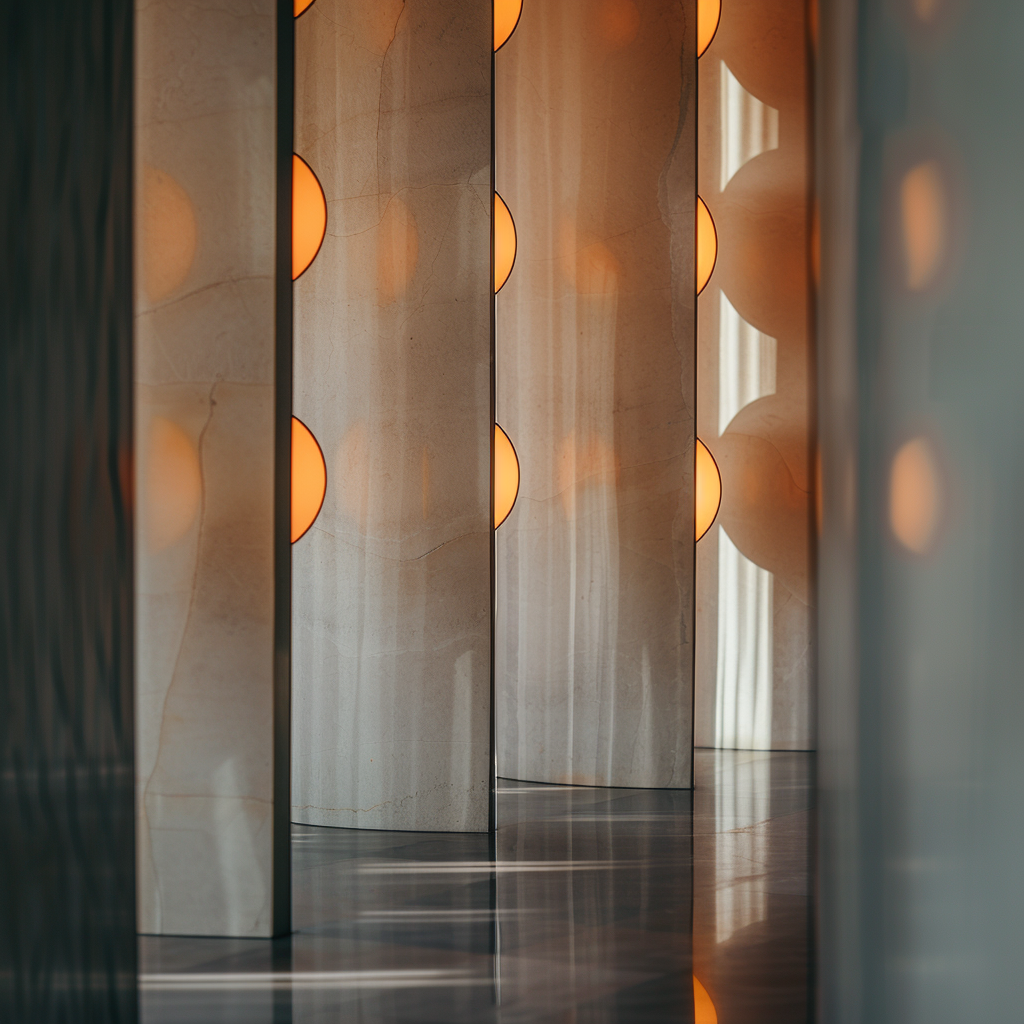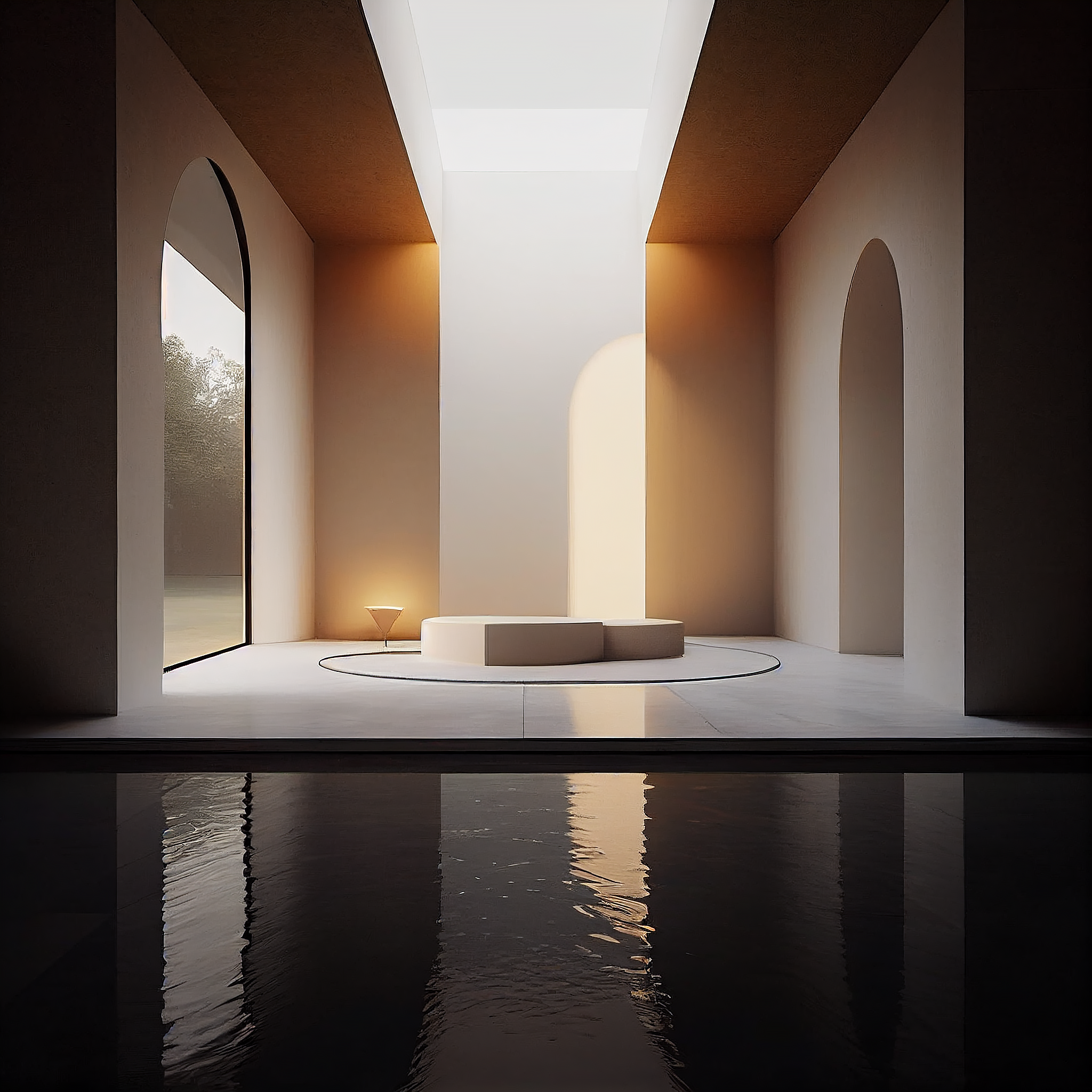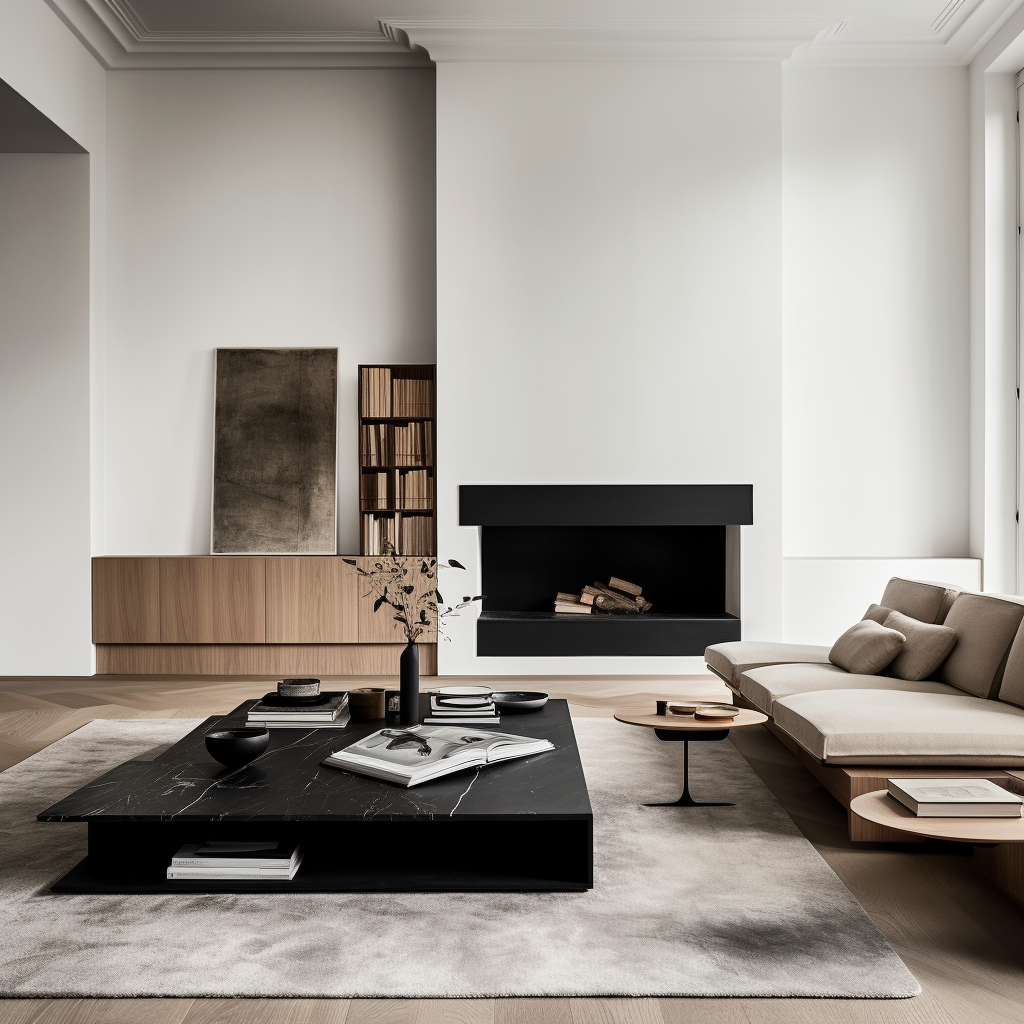In the ever-evolving world of interior design, the open-concept floor plan continues to reign supreme. However, as our living spaces become more multifunctional, the need for subtle delineation between areas has never been more apparent. Enter the art of room division—a practice that allows for the creation of distinct zones without sacrificing the airy, spacious feel that open layouts provide.
Architectural Elements as Dividers
One of the most sophisticated approaches to room division involves the use of architectural elements. Glass partitions, for instance, offer a sleek and modern solution that maintains visual continuity while providing acoustic separation. These can range from floor-to-ceiling panels to partial walls, allowing natural light to flow freely throughout the space.
For a more substantial divide, consider a partial wall with built-in shelving. This not only creates a physical barrier but also serves as a functional storage and display area. Opt for open shelving to preserve sight lines and prevent the space from feeling closed off.
Furniture as Functional Dividers
Strategic furniture placement can be just as effective as built-in elements. A tall bookcase, placed perpendicular to the wall, can create a cozy nook within a larger room. Choose a unit with an open back to allow light to filter through, or select a piece with a mix of open and closed storage for added versatility.
For a more flexible option, consider a movable shelving unit on casters. This allows you to reconfigure your space as needed, perfect for those who love to refresh their interiors regularly.
Textile Techniques
Fabric room dividers offer a soft, organic approach to space separation. Ceiling-mounted curtain tracks allow for easy opening and closing, providing privacy when needed and an open flow when desired. For a more structured look, consider a series of hanging panels in varying opacities to create depth and interest.
Natural Elements
Bringing the outdoors in can be an effective and aesthetically pleasing way to divide a space. A row of tall potted plants or a custom-built planter box can serve as a living wall, adding a breath of fresh air to your interior while subtly defining different areas.
Artistic Approaches
For those looking to make a statement, consider an artistic room divider. A large-scale sculpture or a series of hanging art panels can serve as both a functional divider and a focal point for your space. This approach allows you to infuse your personality into the room while solving the practical need for separation
Lighting as a Divider


Clever lighting design can create the illusion of separate spaces without any physical barriers. Use pendant lights to define a dining area within a larger living space, or install track lighting to highlight different zones. This technique not only divides the space visually but also adds depth and ambiance to your interior.
We also asked other designers and design firms for their creative design solutions, and here are some standout ideas:
Room Divider Ideas to Visually Separate Your Spaces
The key to successful room division lies in balancing openness with definition. Whether you opt for architectural elements, furniture, textiles, or more creative solutions, the goal is to create distinct areas that flow seamlessly into one another. By thoughtfully implementing these room divider ideas, you can craft a space that is both functional and aesthetically pleasing, truly embodying the essence of modern interior design.
























